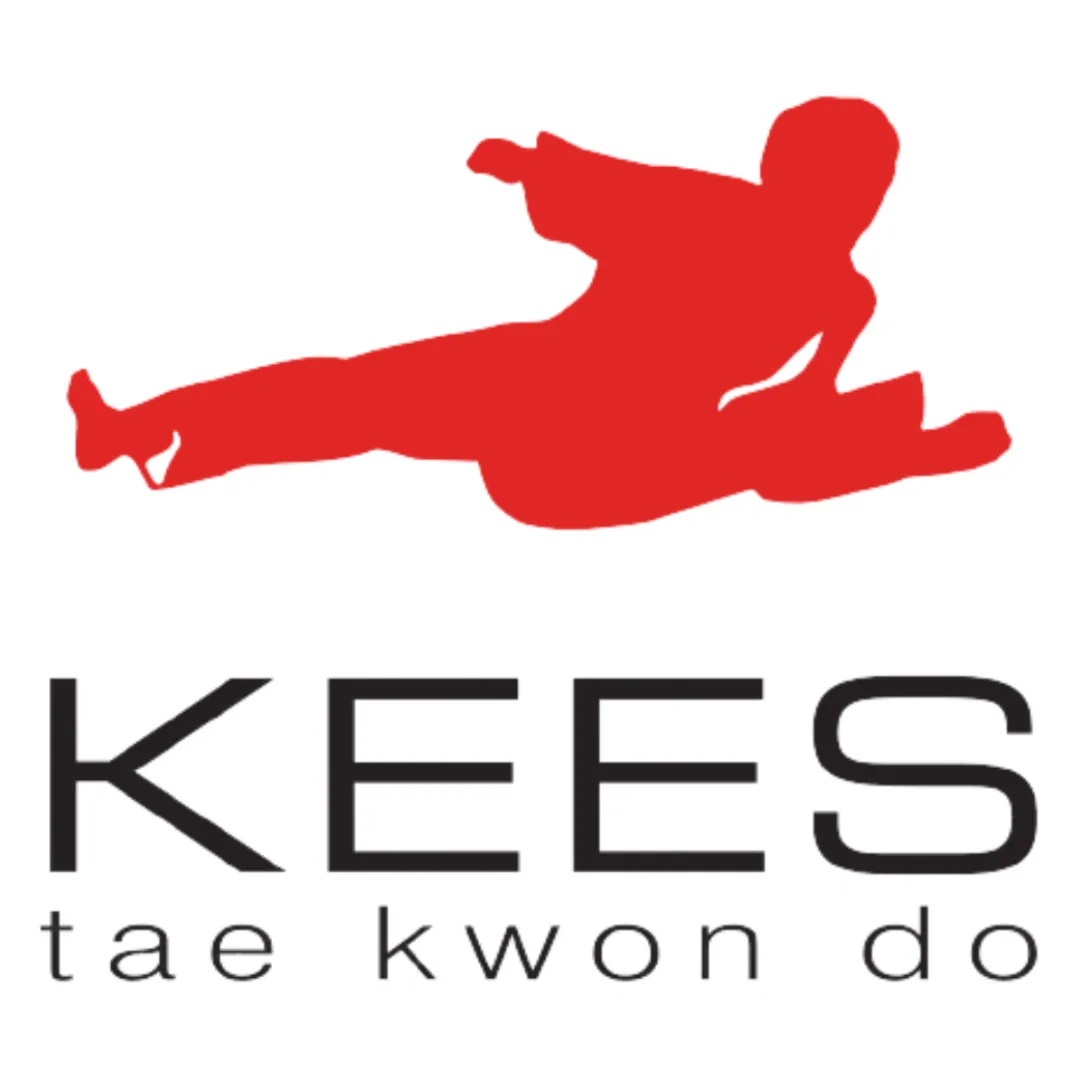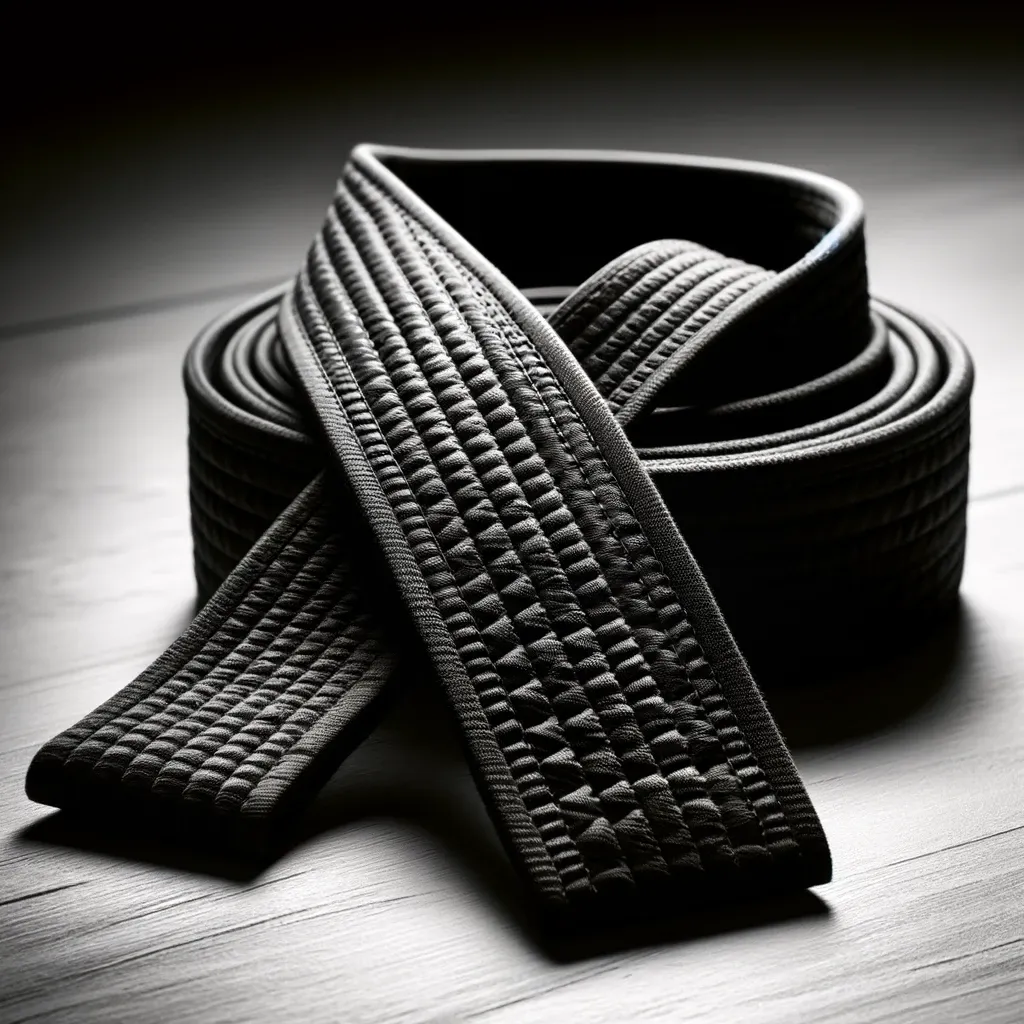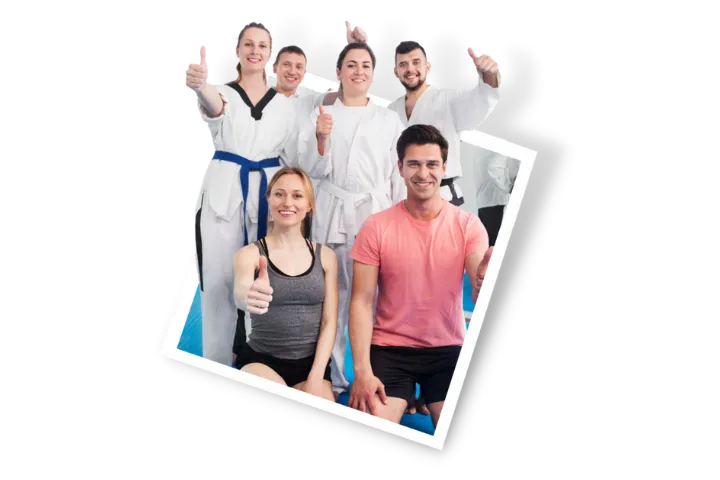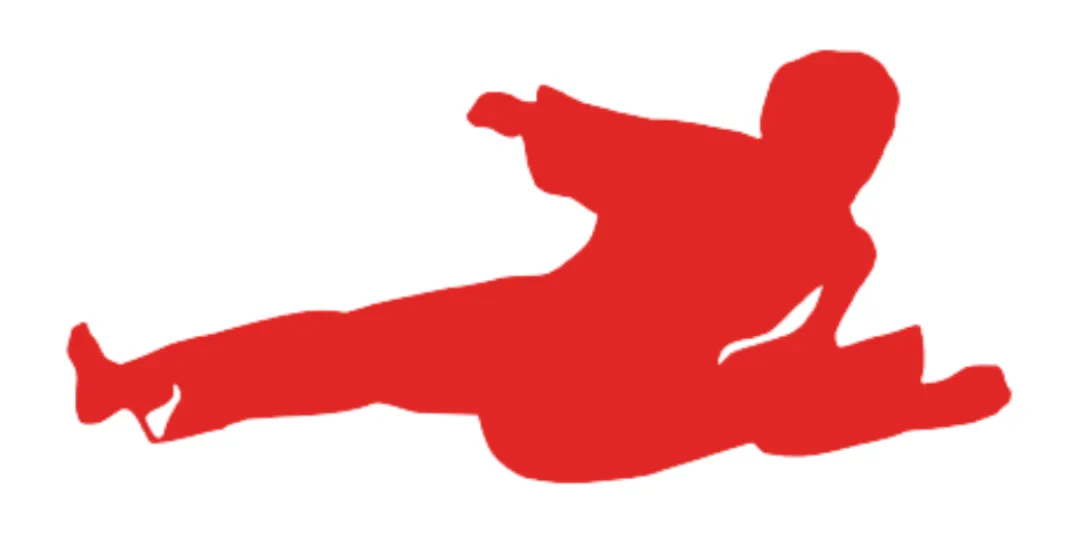
BLOG

The Journey to Black Belt: What It Takes to Master Martial Arts
“A black belt is a white belt who never quits.” - Scott Maxwell
Introduction:
The Black Belt: More Than Just a Rank
Achieving a black belt is often seen as the pinnacle of martial arts training. However, it’s not just a symbol of expertise; it represents the culmination of years of dedication, perseverance, and personal growth. The journey to black belt is a transformative process that tests physical abilities, mental strength, and emotional resilience.
In this blog, we’ll explore what it takes to earn a black belt, the challenges along the way, and how the journey shapes both the martial artist and the person.
The Martial Arts Journey: An Overview
The journey to achieving a black belt involves several stages, each presenting its own set of challenges and opportunities for growth. From the initial steps as a beginner to the rigorous black belt training, students must commit to continuous learning and self-improvement.
Setting Martial Arts Goals
The road to a black belt starts with setting clear martial arts goals. These goals guide students through their training and keep them motivated during challenging times. Common goals might include:
Mastering Basic Techniques: Developing a strong foundation in the basic stances, strikes, and kicks.
Building Physical Fitness: Improving strength, flexibility, and endurance to handle more advanced techniques.
Achieving Belt Progressions: Earning new belts serves as milestones along the journey.
Each student’s journey is unique, but having clear goals helps them stay focused and measure their progress.

The Role of Discipline and Dedication in Black Belt Training
Achieving a black belt requires more than physical training. It demands discipline, dedication, and perseverance. Let’s explore how these qualities shape the journey.
Consistency and Commitment
Consistency is crucial in black belt training. Students must be willing to show up regularly and put in the effort, even when they face obstacles or setbacks. Consistent training builds not only physical strength but also mental resilience.
Building a Routine: Students who incorporate martial arts training into their routine are more likely to stay committed in the long run.
Handling Setbacks: Injuries, plateaus, or life challenges may interrupt training, but dedication helps students return stronger and more determined.
Developing Mental Toughness
The journey to black belt is as much mental as it is physical. Black belt training challenges students to push beyond their limits and confront self-doubt or fear.
Perseverance: Students learn to keep going, even when they feel exhausted or discouraged.
Overcoming Fear: Sparring, advanced techniques, and belt tests often push students out of their comfort zones, teaching them to face fear with courage.

The Physical Demands of Black Belt Training
Black belt training requires students to reach peak physical condition. Students need to master advanced techniques, which demand flexibility, strength, and precision. Here’s what to expect:
Advanced Techniques and Sparring
As students progress toward a black belt, they learn complex techniques and combinations. This includes:
Kicking and Striking Combinations: Refining combinations of kicks, strikes, and defensive moves.
Advanced Grappling or Throwing: For some martial arts styles, advanced grappling and throwing techniques are introduced.
Sparring Challenges: Sparring is an essential aspect of black belt training, teaching students how to apply their techniques under pressure.
Advanced techniques require not only physical mastery but also mental clarity to execute them effectively.
Conditioning and Physical Fitness
Maintaining a high level of physical fitness is essential for successful black belt training. Students often focus on:
Strength Training: Building the strength necessary to perform powerful strikes, throws, and holds.
Flexibility Training: Enhancing flexibility to perform high kicks, ground techniques, and defensive maneuvers.
Endurance Training: Preparing for longer training sessions, belt tests, and sparring matches.
The Emotional and Personal Growth Along the Journey
The journey to a black belt is deeply transformative, not only for the martial artist but also for the individual. Students often experience significant emotional and personal growth along the way.
Building Confidence and Leadership
As students progress in their training, they gain confidence in their abilities and develop leadership skills. Black belt candidates often take on more responsibilities within their schools, such as:
Mentoring Junior Students: Sharing knowledge and helping new students build confidence.
Assisting Instructors: Supporting the main instructor in classes, learning to lead by example.
Through these experiences, black belt candidates develop a sense of responsibility and leadership that extends beyond the dojo.
Cultivating Respect and Humility
One of the core teachings in martial arts is respect—both for oneself and others. As students advance, they cultivate a deeper understanding of humility and gratitude.
Respect for Instructors: Acknowledging the guidance and support of instructors throughout the journey.
Gratitude for Challenges: Embracing setbacks and challenges as opportunities for growth and self-improvement.
The Final Steps: Earning the Black Belt
The journey culminates with the black belt test, which varies by martial arts style and school. However, the common elements include:
Demonstrating Mastery: Black belt candidates must demonstrate their proficiency in all fundamental techniques, advanced combinations, and self-defense skills.
Sparring and Conditioning: Physical tests often include extended sparring sessions to evaluate endurance and adaptability.
Mental and Emotional Strength: Candidates must remain composed under pressure, showcasing the discipline and resilience they’ve built over the years.
Conclusion: The Black Belt Is Just the Beginning
Earning a black belt is a monumental achievement, but it is not the end of the journey. In martial arts, the black belt symbolizes the beginning of a deeper commitment to growth and mastery. Students who reach this level have not only proven their dedication to martial arts but have also experienced significant personal transformation.
As students continue their journey, they find that the lessons learned on the path to a black belt extend far beyond the dojo, positively influencing all areas of their lives.
Ready to Start Your Journey to Black Belt?
If you’re ready to embark on the transformative journey to a black belt, contact us today to learn more about our classes and how we can help you achieve your martial arts goals!
Ready To Get Started?
Secure your spot and get started with our EXCLUSIVE offer

Teens & Adults
Ages: 13+ years old
Studying martial arts is something that anybody – at any age or fitness level – can do. Martial arts classes are fun, empowering, and provide a great workout for adults. Whether you want to defend yourself, lose weight, or just have fun, our adult martial arts classes have something to offer.
ADULTS WHO STUDY MARTIAL ARTS REAP SIGNIFICANT BENEFITS
Even when you do find time to hit the gym, regardless of having a schedule that’s full of work, family time, and other obligations, you might be bored by your same old workout. There’s nothing exciting about another go-round on the treadmill or elliptical – and you might need some encouragement to stick to a schedule and achieve your fitness goals.
Martial arts classes for adults focus on building core strength and cardiovascular fitness in a fun, social setting. Why not break out of your dull routine?
Our martial arts classes for adults can help you build core strength, increase your flexibility, learn how to defend yourself and the people you love, or lose weight. They’re also a great place to make new friends. Whatever your fitness goals are, you can achieve them in our classes.
Ready To Get Started?
Get a Exclusive Web Special Pass Now!

